




I was thankfully able to explore the Notre Dame de Paris on my recent trip to the city. Before entering, I had lunch at one of the side-walk cafes facing the cathedral, and was able to admire the exterior in between eating lunch and reading "Women in Love".
As I walked through the main entrance, I was struck by the size and beauty of the building. The cathedral is filled with many Christian icons portrayed through paintings, sculptures, glass windows, etc. I spent a good portion of my time just staring at the designs on the ceiling of the church. Before I left, I was able to watch the children's choir perform a few songs....pure, high-pitched voices, accompanied by an organist.
Here are some quick facts on the Notre Dame
- Notre Dame de Paris, often known simply as Notre Dame in English, is a Gothic cathedral on the eastern half of the Île de la Cité in Paris, France, with its main entrance to the west
- It is still used as a Roman Catholic cathedral and is the seat of the Archbishop of Paris
- Notre Dame de Paris is widely considered one of the finest examples of French Gothic architecture. It was restored and saved from destruction by Viollet-le-Duc, one of France's most famous architects. Notre Dame translates as "Our Lady" from French
- Notre Dame de Paris was one of the first Gothic cathedrals, and its construction spanned the Gothic period. Its sculptures and stained glass show the heavy influence of naturalism, giving them a more secular look that was lacking from earlier Romanesque architecture
- Notre Dame de Paris was among the first buildings in the world to use the flying buttress. The building was not originally designed to include the flying buttresses around the choir and nave. After the construction began and the thinner walls (popularized in the Gothic) grew ever higher, stress fractures began to occur as the walls pushed outward
- At the end of the 18th century, during the French Revolution, many of the treasures of the cathedral were either destroyed or plundered. The statues of biblical kings of Judea (erroneously thought to be kings of France) were beheaded. Many of the heads were found during a 1977 excavation nearby and are on display at the Musée de Cluny. Only the great bells avoided being melted down, and the cathedral was dedicated first to the Cult of Reason, and to the Cult of the Supreme Being. The church interior was used as a warehouse for the storage of forage and food
http://www.notredamedeparis.fr/index.php
















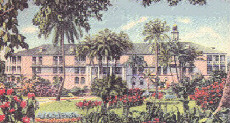









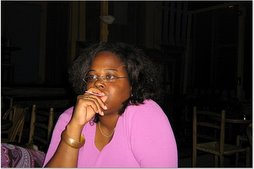










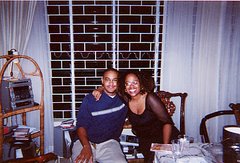



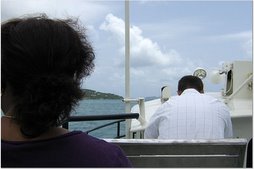

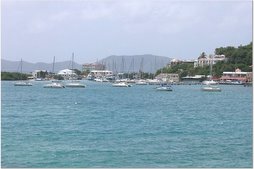







No comments:
Post a Comment